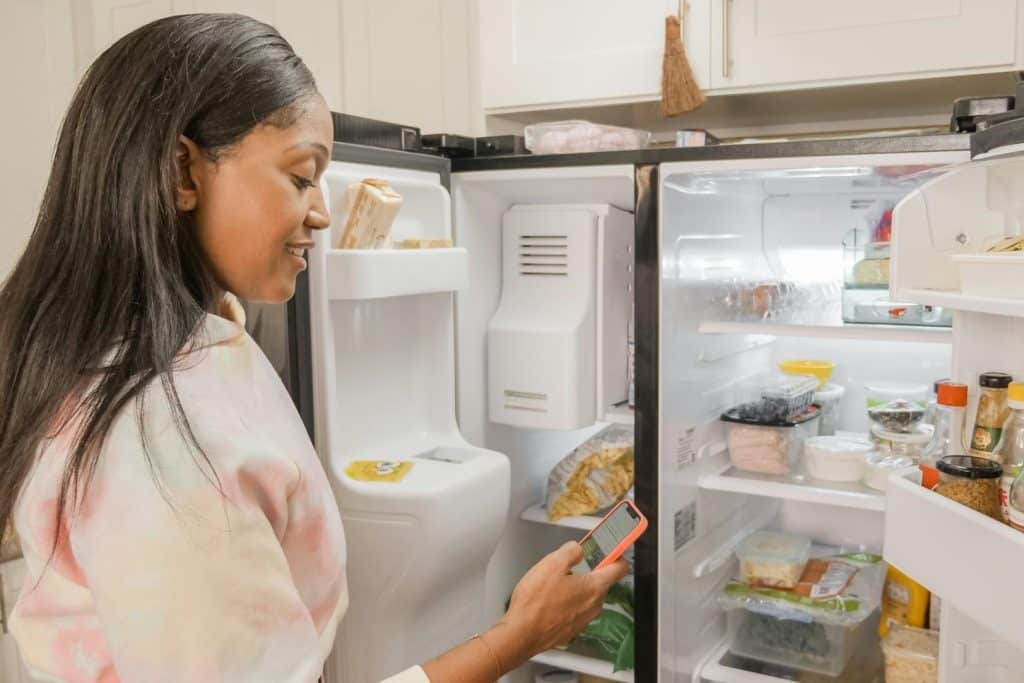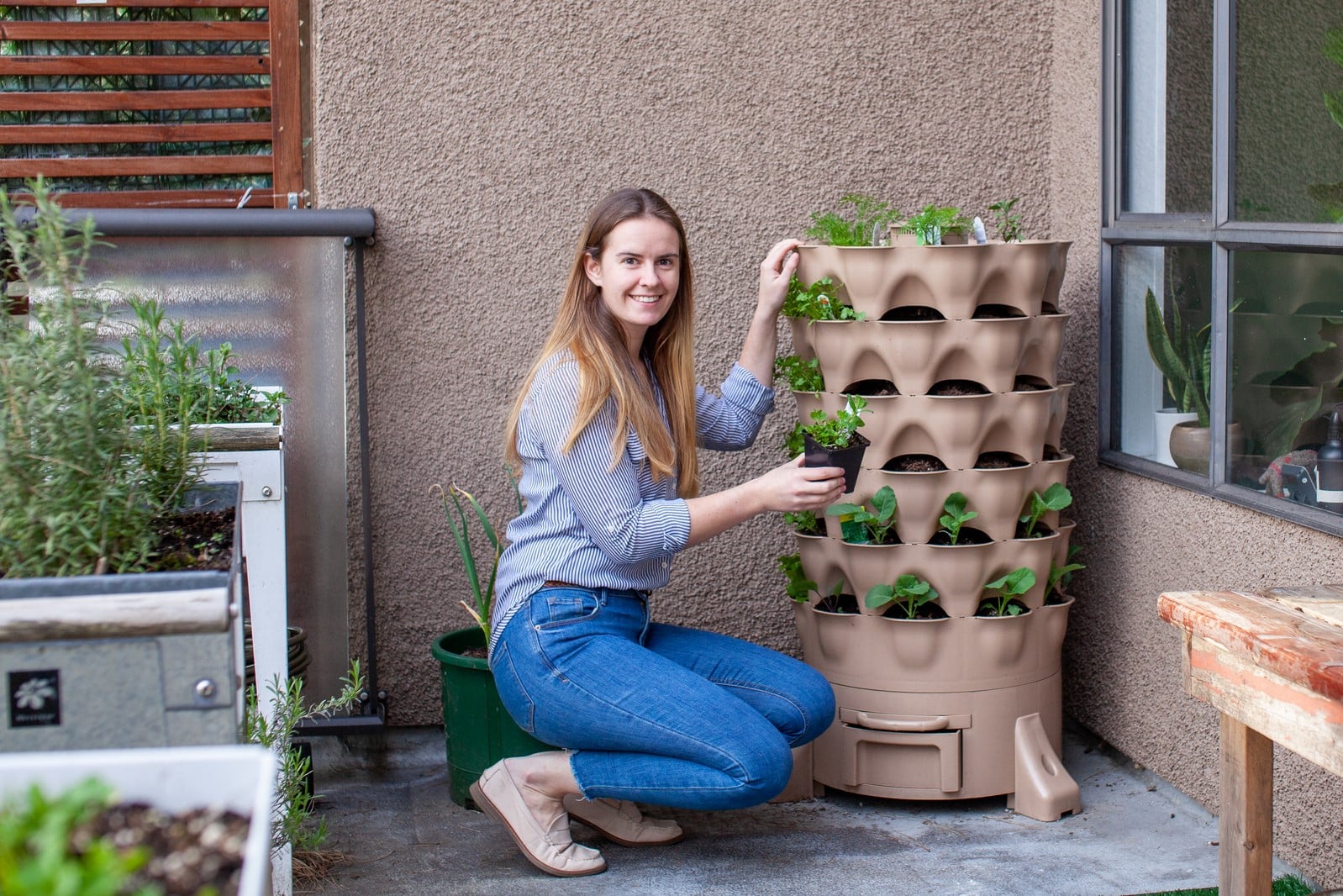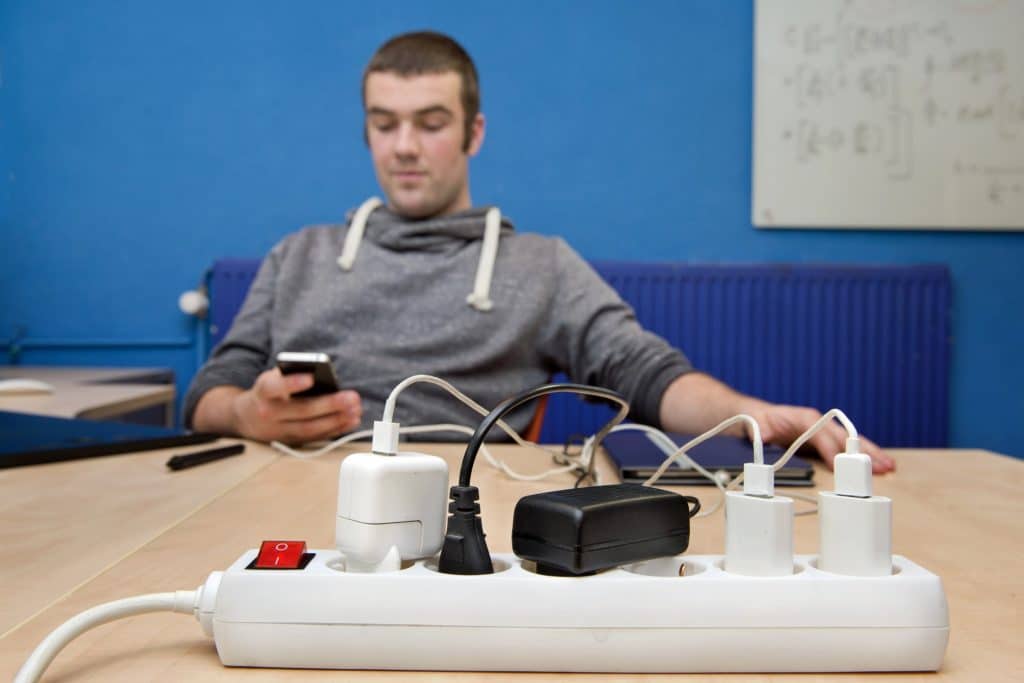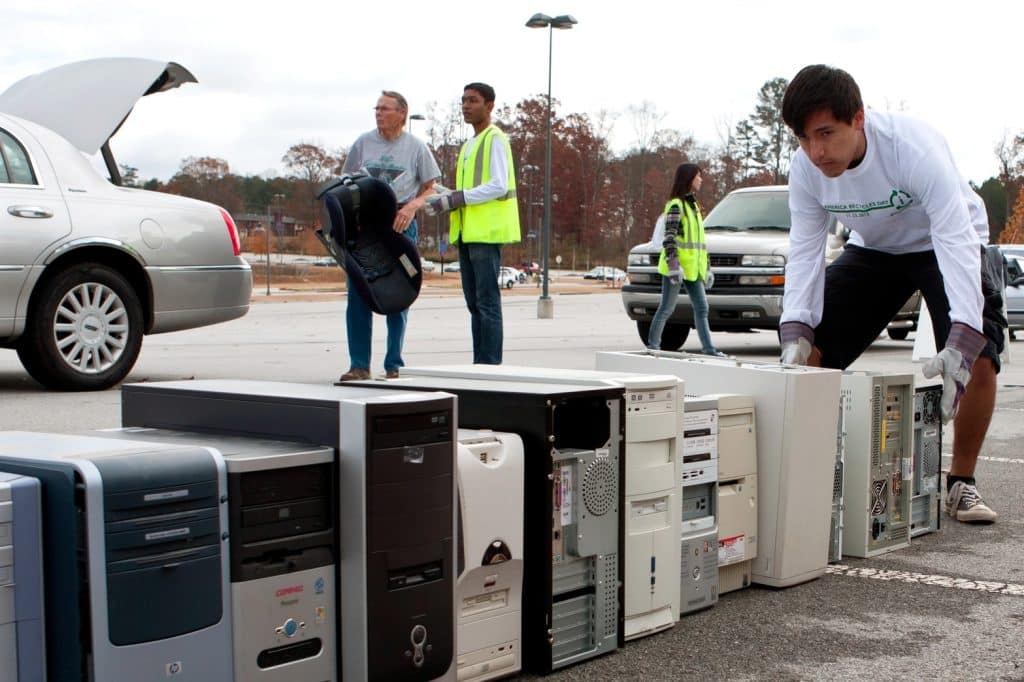21 Practical Tips for Living a More Sustainable Lifestyle
Living a more sustainable lifestyle doesn’t have to be overwhelming. Small changes can make a big impact over time, and adopting eco-friendly habits can help reduce your carbon footprint while promoting a healthier planet. Whether you’re looking to cut down on waste or save energy, these practical tips will guide you toward a greener way of living.
1. Reduce Single-Use Plastics

Single-use plastics are a major environmental problem. Start by using reusable items like water bottles, shopping bags, and containers. Opt for stainless steel, glass, or silicone alternatives. Making this switch can drastically reduce the amount of plastic waste you contribute.
2. Shop Locally

Buying local not only supports small businesses but also reduces the carbon emissions linked to transporting goods. Visit farmers’ markets for fresh produce and look for locally made products. This is a great way to ensure your food is fresher and has traveled a shorter distance.
3. Eat Less Meat

Cutting back on meat consumption can significantly lower your environmental impact. Meat production uses a lot of resources like water and land. Start with “Meatless Mondays” or try plant-based meals a few times a week. Small changes in your diet can contribute to a more sustainable food system.
4. Compost Food Waste

Composting is a simple way to reduce the amount of waste you send to landfills. You can compost kitchen scraps like vegetable peels, coffee grounds, and eggshells. The result is nutrient-rich soil that you can use in your garden, promoting a natural recycling process.
Follow us for more of these articles.
5. Choose Energy-Efficient Appliances

Switching to energy-efficient appliances can reduce both your energy use and your bills. Look for the ENERGY STAR label when purchasing new appliances. These models use less energy, which is better for the environment and your wallet.
6. Turn Off Lights When Not in Use

One of the easiest ways to save energy is by turning off lights when you leave a room. Consider installing motion-sensor lights or using energy-efficient LED bulbs. These small actions can add up to big savings in both electricity and money over time.
Follow us for more of these articles.
7. Opt for Public Transportation

Driving less is one of the most effective ways to reduce your carbon footprint. Use public transportation, carpool, or bike whenever possible. If you live in an area with limited transit options, try consolidating trips to minimize fuel usage.
8. Reuse and Repurpose Items

Before you throw something away, think about how it could be reused. Old glass jars can become storage containers, and worn-out clothes can be cut up for cleaning rags. Finding new uses for old items helps reduce waste and encourages creativity.
Follow us for more of these articles.
9. Fix Before You Replace

Instead of buying new when something breaks, try repairing it first. From electronics to clothing, there are often simple fixes that can extend the life of your belongings. Repairing not only saves money but also keeps items out of the landfill.
10. Grow Your Own Food

Starting a small garden, even if it’s just on a windowsill, can help you live more sustainably. Growing herbs, vegetables, or fruits reduces your reliance on store-bought produce and cuts down on packaging waste. Plus, homegrown food tends to taste fresher and more flavorful.
Follow us for more of these articles.
11. Use Natural Cleaning Products

Many conventional cleaning products contain harmful chemicals that can affect both your health and the environment. Opt for eco-friendly alternatives or make your own cleaning solutions using natural ingredients like vinegar, baking soda, and lemon. These options are just as effective and much safer for the planet.
12. Collect Rainwater

If you have a garden or plants, consider setting up a rainwater collection system. Rainwater can be used for watering plants, washing outdoor furniture, or even cleaning your car. This simple method reduces your water usage and saves on utility bills.
Follow us for more of these articles.
13. Support Sustainable Brands

When shopping for clothing, home goods, or beauty products, research companies that prioritize sustainability. Look for brands that use recycled materials, avoid harmful chemicals, and focus on ethical production practices. Supporting these companies helps drive demand for greener products.
14. Avoid Fast Fashion

Fast fashion contributes to pollution and waste through mass production and quick disposal of clothing. Instead, invest in high-quality, timeless pieces that will last longer. Thrift shopping and buying second-hand are also great ways to reduce your environmental impact while updating your wardrobe.
Follow us for more of these articles.
15. Use a Refillable Water Bottle

Plastic water bottles are a significant source of waste. Invest in a durable, refillable water bottle and take it with you wherever you go. Not only will this reduce plastic waste, but it will also save you money in the long run.
16. Unplug Devices When Not in Use

Many electronic devices continue to draw power even when they’re turned off. Unplugging chargers, appliances, and electronics when not in use can save energy. Alternatively, you can use power strips to easily switch everything off at once.
Follow us for more of these articles.
17. Cut Down on Paper Use

Go paperless whenever possible by opting for digital versions of bills, receipts, and documents. If you need to print something, use both sides of the paper to cut down on waste. Recycling paper and using recycled paper products are also simple ways to be more eco-friendly.
18. Conserve Water

Simple changes in your water usage can make a big difference. Turn off the tap while brushing your teeth, take shorter showers, and fix any leaky faucets. Installing low-flow showerheads and toilets can also help reduce water consumption without sacrificing performance.
Follow us for more of these articles.
19. Avoid Excessive Packaging

When shopping, be mindful of how much packaging comes with your products. Choose items with minimal or eco-friendly packaging whenever possible. Bringing your own reusable bags, containers, and produce bags can further reduce the need for disposable packaging.
20. Plan Your Meals

Meal planning is a great way to reduce food waste. By planning ahead, you only buy what you need, which means less food goes to waste. It also helps you save money and ensures you’re eating healthier, home-cooked meals more often.
Follow us for more of these articles.
21. Donate or Recycle Old Electronics

Instead of tossing out old electronics, recycle them through proper e-waste recycling programs. Many communities have drop-off points for electronics, and some stores offer trade-in programs. If your electronics are still in good condition, consider donating them to someone in need. This keeps harmful materials out of landfills and extends the life of the product.
Like our content? Be sure to follow us!






